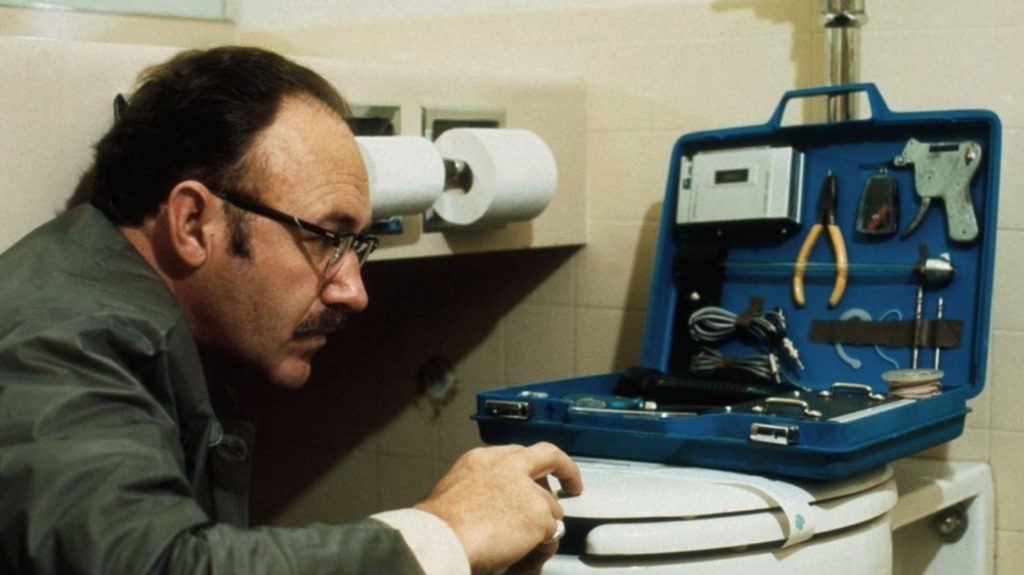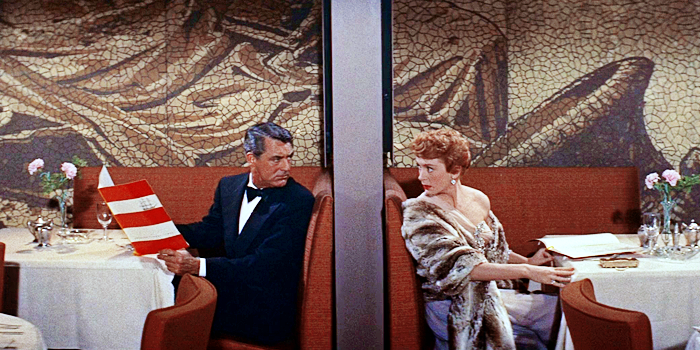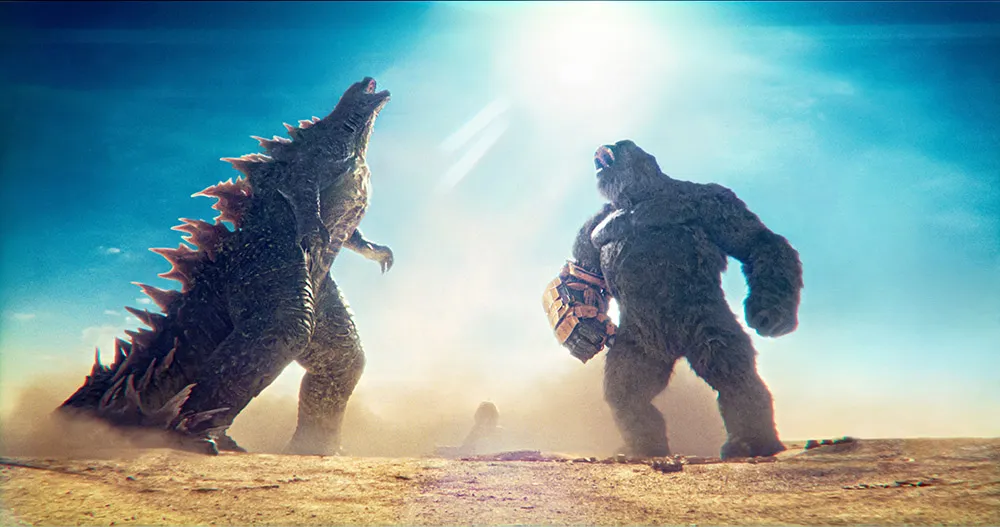“The Abominable Snowman”: Traversing the Icy Peaks of Existential Horror – Review

Nestled within the annals of classic British horror cinema is a unique creature-feature that defies the usual trappings of its genre. “The Abominable Snowman” (1957), directed by Val Guest, stands out not merely as a horror film but as an existential exploration into human desires, fears, and morality, all set against the backdrop of the majestic Himalayas.
Beyond the Yeti Myth
At its core, the movie isn’t just about the hunt for the legendary Yeti. It delves deep into the psyche of its characters, particularly Dr. John Rollason (played brilliantly by Peter Cushing) and Dr. Tom Friend (an equally captivating Forrest Tucker). Their internal and external conflicts drive the narrative, making the elusive creature a mirror to their souls. Are they in search of the creature, or are they in search of themselves?
The Majestic Himalayas: A Character in Itself
The setting is crucial. The Himalayas, with their snow-clad peaks and treacherous terrains, are more than just a backdrop. They’re a character, representing nature’s vastness and indifference to human endeavors. The mountain’s majesty contrasts with the human characters’ vulnerability, elevating the film’s atmospheric tension.
Behind this was the production team’s conscious decision to shoot on location. While the bulk of the film was shot at Pinewood Studios in England, the crew took pains to intersperse these shots with location footage from the Pyrenees, ensuring the audience felt the chilling realism of the landscape.
Crafting the Mythical Creature
Given that the film revolves around the Yeti, much anticipation is built around its revelation. The creature’s representation is subtle, its glimpses rare, making it more enigmatic and eerie. Instead of relying on overt monstrosity, the film opts for mystery, forcing the viewer to use their imagination, making the unseen far more terrifying than the seen.
This restraint wasn’t just an artistic choice. Budget constraints and technological limitations of the time played a part. However, this “less is more” approach works in the film’s favor, aligning it more with psychological horror rather than creature-feature gore.
Casting Dynamics
Peter Cushing’s portrayal of Dr. Rollason deserves a spotlight. Known for his roles in Hammer’s gothic horror films, Cushing brings an emotional depth to his character. His internal moral battle, his obsession, and his eventual realization form the crux of the narrative.
Opposite Cushing, Forrest Tucker’s Dr. Friend is not the typical antagonist. He’s driven, ambitious, and at times ruthless, but he’s also a reflection of humanity’s relentless quest for fame and recognition, even at nature’s expense. The dynamic between the two leads is electric, grounding the film and adding layers to the narrative.
Behind-the-Scenes Brilliance
A significant force behind the film’s success is the collaboration between director Val Guest and writer Nigel Kneale. Kneale, known for his “Quatermass” series, infuses the script with his signature blend of science fiction and horror, all grounded in human emotions. Under Guest’s direction, the film avoids cheap thrills, focusing instead on building suspense and exploring deeper philosophical themes.
The sound design is another unsung hero. The howling winds, distant echoes, and the eeriness of silence play pivotal roles. In the vastness of the snowy wilderness, even the smallest sound is amplified, heightening the sense of isolation and vulnerability.
Legacy and Impact
“The Abominable Snowman” might not have raked in awards or set box office records on fire upon its release, but over the decades, it has garnered respect for its nuanced storytelling and atmospheric brilliance. It’s a departure from the conventional horror of its time, opting to terrify not through monsters but through the vastness of nature and the depths of the human psyche.
In an era where special effects and overt horror dominate the silver screen, this film serves as a reminder of the power of restraint and the effectiveness of psychological horror. It’s not just about finding the creature; it’s about understanding our desires, confronting our fears, and questioning our morals.
By merging the awe of nature, the enigma of the Yeti, and the complexity of human desires, “The Abominable Snowman” offers an icy trek through existential terrains. It’s a journey that goes beyond the surface, diving deep into the abyss of the human soul, making viewers question not just the existence of mythical creatures but the very essence of humanity. It’s a film that doesn’t end when the credits roll; it lingers, like the cold Himalayan wind, long after.




